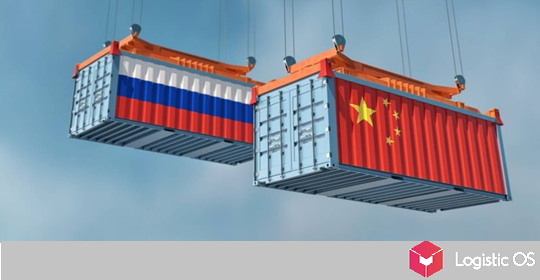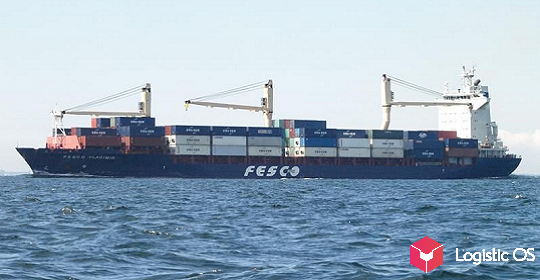It is planned that up to 130 billion rubles will be spent on the global reconstruction of the Korsakov port.
The port in the city of Korsakov is part of the most important sea route Korsakov-Vladivostok.
It is currently struggling to cope with its function. For example, at the moment over 2,000 containers for shipment are in the queue at the Sakhalin ports, which confuses many logistics chains.
As a temporary solution, carriers plan to increase the number of ships on this route.
But globally the problem can be solved only by reconstruction, coupled with the construction of new facilities.
What is planned to be modernized in the port of Korsakov?
Firstly, we are talking about the creation of a full-fledged transport and logistics hub of the Northern Sea Route.
This will require a significant increase in the port’s capacity so that they can serve, first of all, container cargo transportation.
The estimated capacity after modernization is over 800,000 containers per year.
Secondly, a international terminal should appear that will allow servicing cargo and passenger ships.
Thirdly, it is planned to create a port fleet for the purpose of servicing the terminal.
Fourth, shipyard.
And fifth, a fishing port, which will be able to receive up to 1 million tons of fish annually.
In general, the modernization of the port of Korsakov should solve two main tasks:
Improvement of freight traffic with Sakhalin.
Creation of the necessary infrastructure to service the cargo traffic of the Northern Sea Route.
It is planned that the port will be able to receive deep-sea vessels from 2024.
One of the biggest problems is the lack of depth in the port. At present, it is about 10 meters, and 20 meters are desirable for deep-water vessels. This implies large-scale dredging works.
However, even to start such work will require very large investments.
The forces of the region cannot do it in any way: the participation of both the federal center and private investors will be required.
“I am sure that the modernization of the port should be carried out with the attraction of private investment, and the state, as is done in many projects now in the Far East, should provide assistance in the construction of infrastructure, in putting in order the state ownership of hydraulic structures”, — believes the plenipotentiary representative of the President of the Russian Federation in the Far Eastern Federal District Yuri Trutnev.
With the abundance of plans for the development of the port, finding financial resources for this is the primary task at this point in time.

